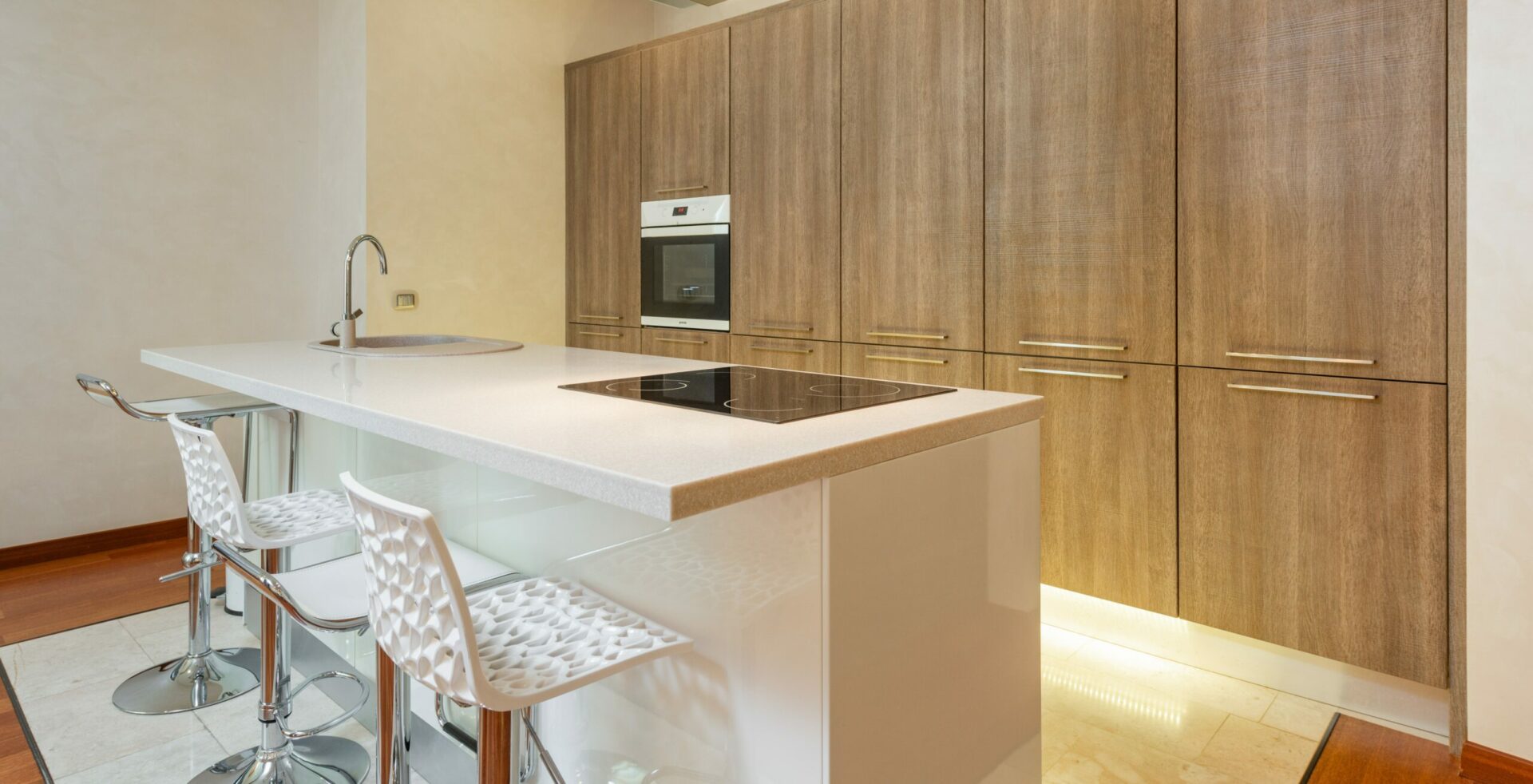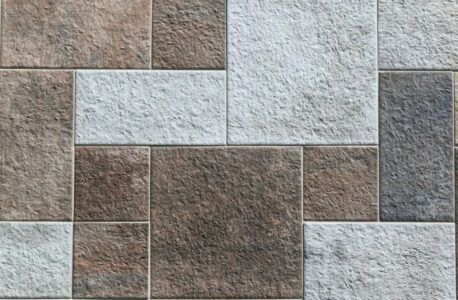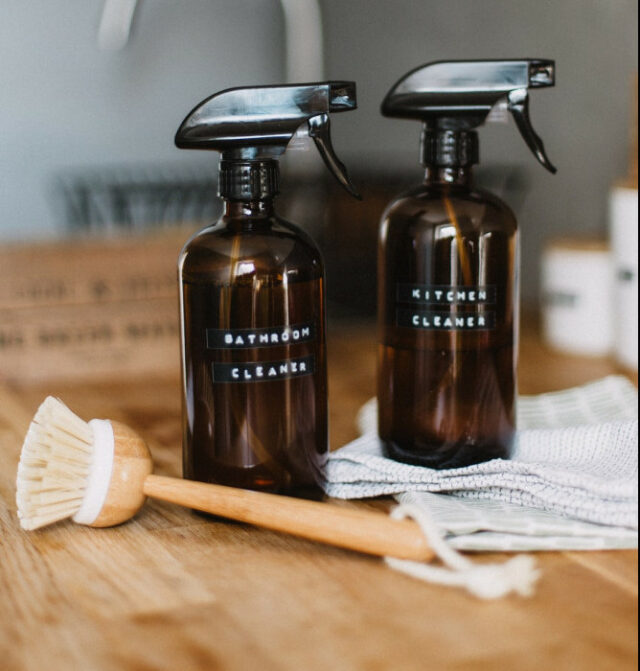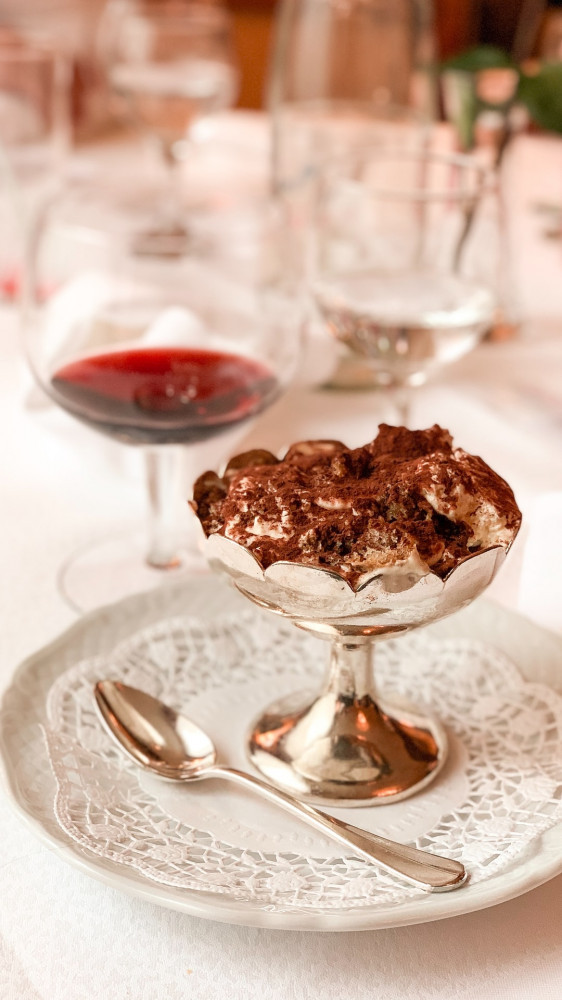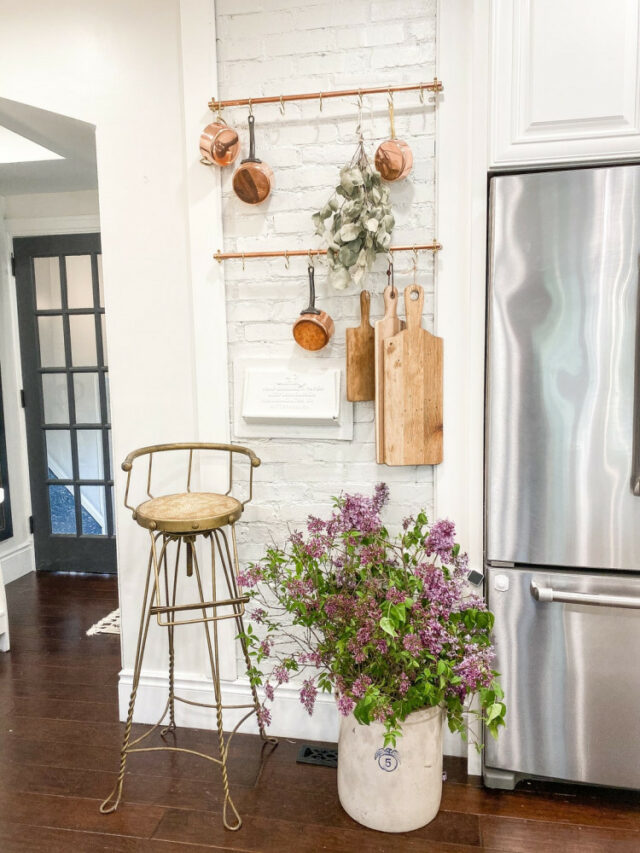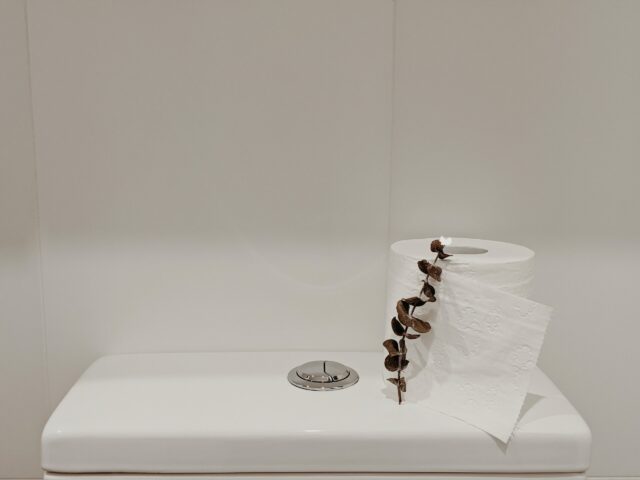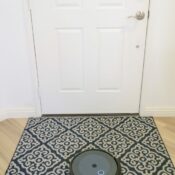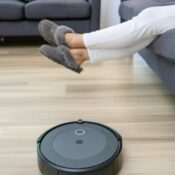Clean slate floor tiles add an earthly feel and natural beauty to any home. In addition to being pleasing to the eyes, this type of flooring is also highly durable and long-lasting. However, just like any other natural stone flooring, slate floor tiles require regular cleaning and maintenance, lest they lose their beauty and elegance over time.
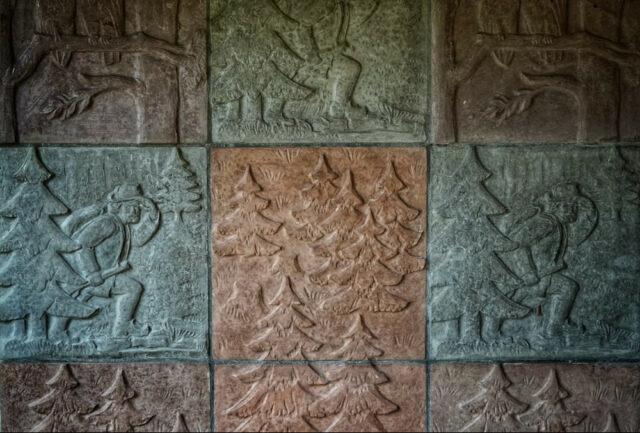
We Are Here to Help You!
With proper cleaning and maintenance, slate floor tiles can remain durable even for decades. However, despite it being a solid stone, slate is also porous. This makes it very sensitive to particular chemicals and cleaning products.
So, how can you clean your slate flooring without damaging its beautiful surface? In this article, we discuss simple, yet very safe and effective methods on how to clean slate floors and maintain their elegance.
Basic Cleaning of Slate Floor Tiles
Basic cleaning of slate flooring is very important, since it ensures that debris and tough stains do not accumulate on the floors. It should be done on a regular basis and mainly involves sweeping and mopping the floors.
Materials Needed:
|
|
Procedure
1. Using a soft-bristled broom (or a vacuum with hard floor setting), sweep the slate floor tiles to remove all dirt, dust and debris. Pay closer attention to the corners and crevices between the tiles. Sweeping the floors not only makes mopping much easier, but also helps to prevent scratches which are caused by small rocks or large soil particles.
2. In a clean bucket, add warm water. Add a generous amount of mild dish soap to the water. As an alternative, you can use mild laundry detergent or a commercial slate cleaner in place of the dish soap. However, if you go for these latter options, ensure that they are PH-neutral products.
3. Dip the spin mop into the bucket and wring out excess solution. The major advantage of spin mops over other types of mops is that they wring out huge amounts of water effortlessly. Mop your slate floors with slow and smooth strokes. If the mop begins to create streaks of dirt, change the water and replace it with a new, clean batch.
4. For a thorough and deeper cleaning, you can also opt to steam your slate flooring. A steam mop helps to remove any extra or hidden dirt, as well as disinfect the floors. Steam mops are especially recommended for households that have pets.
5. After mopping and steaming, use a soft towel to dry the floors. Wipe the entire surface, so that you do not leave any water on the floors which could seep through the pores and crevices, leading to damaging of the floors. Then, on a clean cloth, apply a small amount of teak oil and rub it on the floor surface. Teak oil helps to enhance the final look of the slate floor tiles after mopping.
Notes
|
Removing Stains from Slate Floors
Minor stains and streaks can be easily removed when mopping the slate floors. All you need to is to simply rub the cleaning solution on the stains using a clean cloth, then scrub these off with your mop.
However, stubborn and tough stains cannot be removed with the basic cleaning method, hence require a separate procedure to remove.
Materials Needed:
|
|
Procedure
1. In a clean bowl, mix baking soda and hydrogen peroxide in a 1:1 ratio. The paste should start forming bubbles. After the bubbles have stopped forming, apply the paste onto the stains. Let it sit for a few minutes.
2. Using a clean cloth, wipe the stains on the floors. The baking soda and hydrogen peroxide paste will have dissolved all dirt and grease, leaving a clean surface behind. Then, rinse off the surface with clean water and dry it with a soft towel.
Notes
|
Tips for Cleaning Slate Floor Tiles
Unlike most other flooring types, slate floors are easier to clean and don’t require much attention. However, since they are porous and sensitive, it is crucial that you only use gentle cleaners and avoid chemical cleaners and products that could damage the floor surfaces.
The three major cleaners that you should never use on your slate floor tiles are:
- Acid cleaners – These cleaners usually cause a chemical reaction with the slate stone. In turn, this causes the floor tiles to etch, eventually damaging the entire flooring. A good example of natural acid cleaners that you should avoid include lemon and vinegar.
- Oil-based cleaners – These floor cleaners not only make the slate floors very slippery, but also clog the textured surfaces.
- Abrasive cleaners – Most abrasive cleaners consist of strong chemical elements that can remove sealers on the floor tiles. When the sealers are removed, it exposes the porous surface of the slate floors to stains and liquids.
Slate floors are usually very expensive to buy and install. Yet, all the money you spend on these flooring types is indeed worth it, considering their outstanding durability and elegance.
However, unless you want to throw away all that money you spend on your slate floors, you need to regularly clean them. Therefore, follow the above suggested methods on how to clean slate floors and you will ensure that your floors retain their beauty for many more decades to come!
